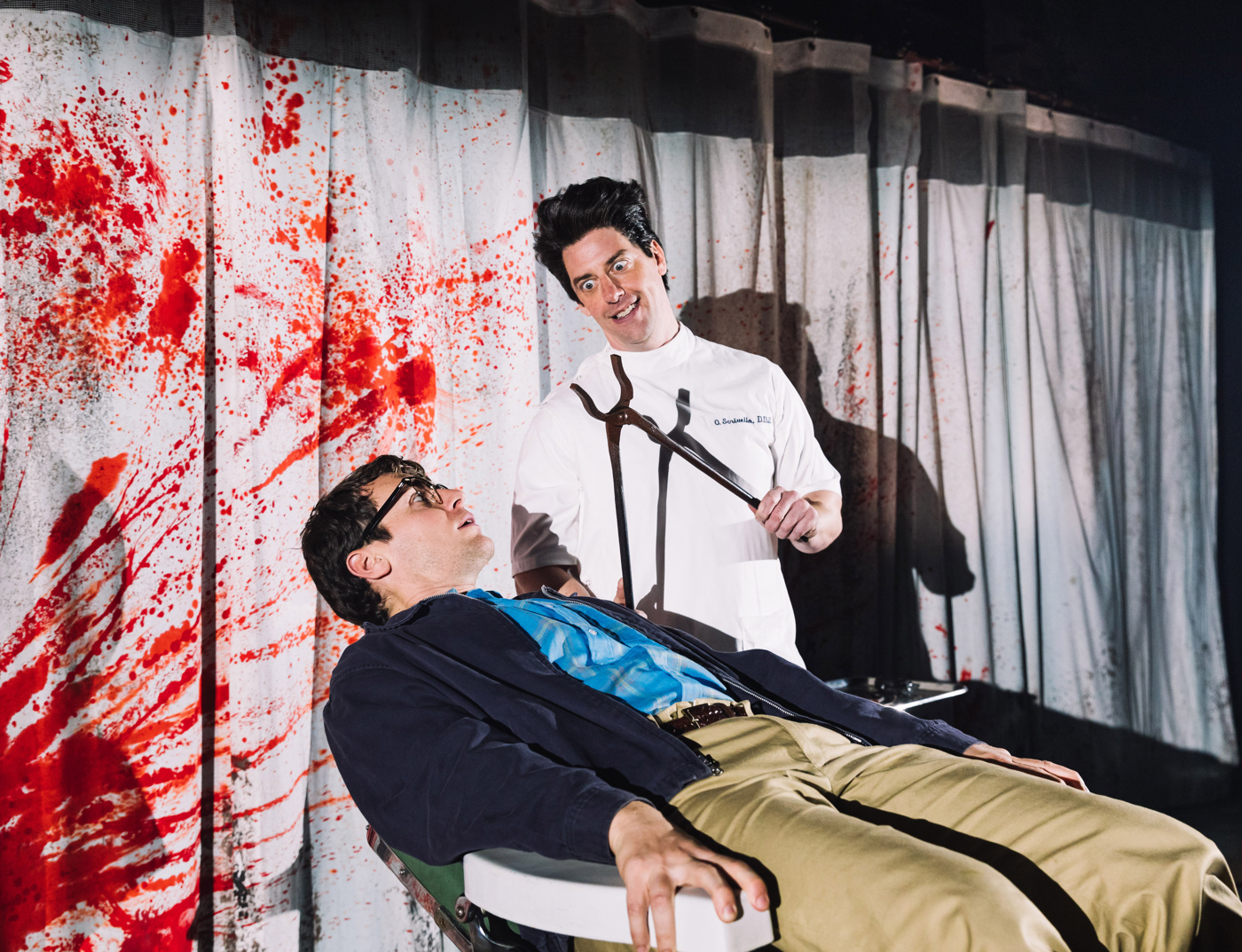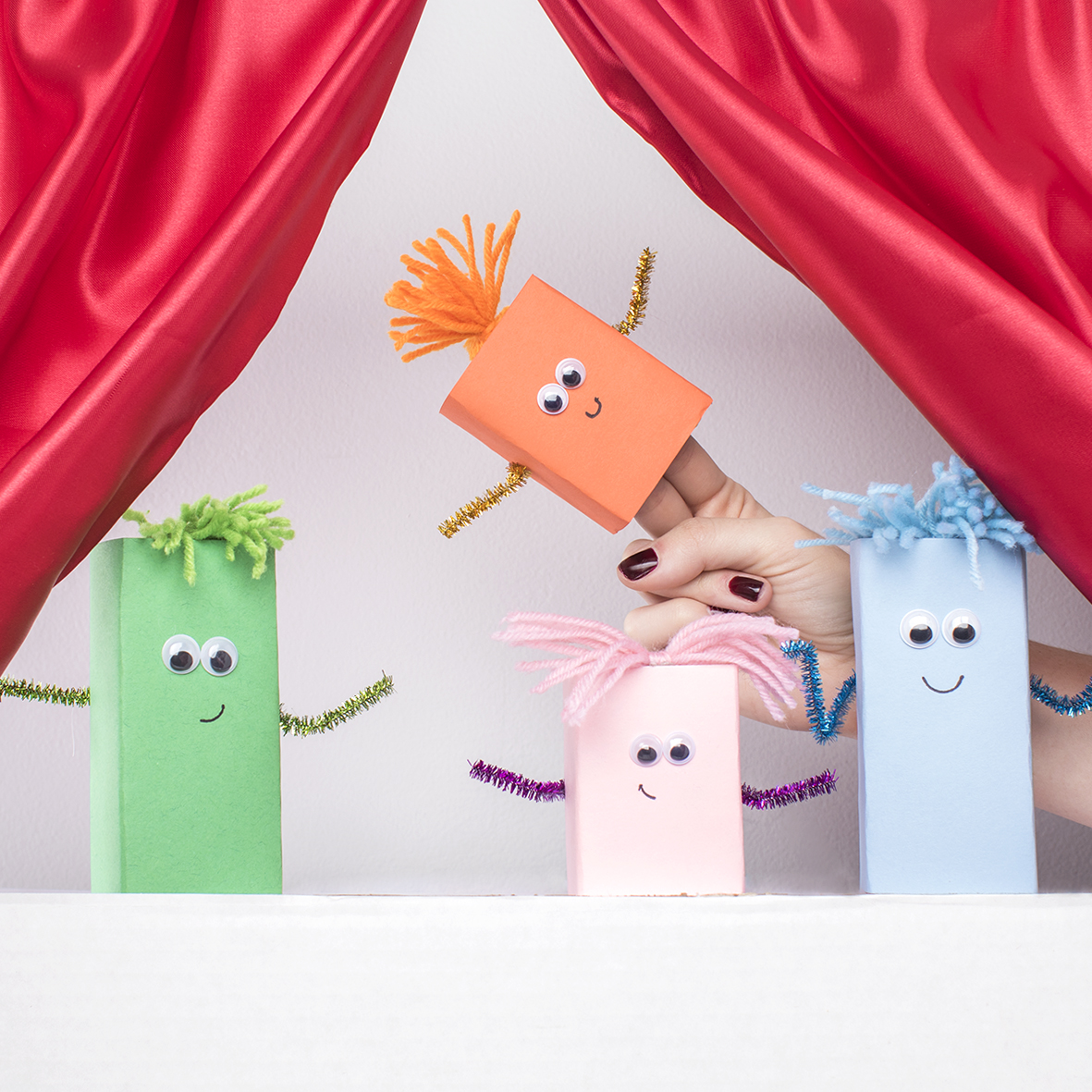‘Tis the season.
New York and Los Angeles are currently regaled by totally separate revivals of Little Shop of Horrors. Is there something in the air? Mischief! Mischief! I probably read a little too much in the casting: New York’s off-Broadway production features people who’ve made their mark in musicals, such as Jonathan Groff and Christian Borle while Pasadena Playhouse uses television stars MJ Rodriguez and Amber Riley, although you won’t see the latter. The show holds a special place in my heart because I got to know it pretty well before the rest of the world. I heard Ellen Greene’s Somewhere That’s Green on the radio, recorded it, and then transcribed it for my girlfriend’s audition for a college show. So, I can claim to be the first person ever to play that beloved “I Want” number at an amateur audition.
The composer, a young man named Alan Menken, and I were both in Lehman Engel’s writing workshop at BMI. As the show was being developed, Alan insisted on bringing in the numbers, dragging along his seemingly aggrieved collaborator, Howard Ashman. Howard hated Lehman, didn’t want to hear what the old man had to say; he was indulging Alan. Something similar had happened a few years before, prior to my arrival at BMI. Ed Kleban dragged his collaborator Marvin Hamlisch along because Ed respected Lehman’s views. That helped to shape A Chorus Line.
Mighty proud to say it: I was there as Alan and Howard sang Now (It’s Just the Gas) – which had many more verses then, A Little Dental Music – eventually cut, Suddenly Seymour and Somewhere That’s Green.  Lehman was delighted, encouraging. But Carol Hall, whose Best Little Whorehouse In Texas was then in its umpteenth year on Broadway, didn’t get it. “Why would you boys want to make a musical out of a B horror movie?” she drawled in the best little accent from Texas you ever heard. Her assessment brings to mind another negative reaction by another Texas belle. When Lerner and Loewe played their score to My Fair Lady for Mary Martin – hoping she’d play Eliza Doolittle (!) – she listened and said “You boys have lost your talent.”
Lehman was delighted, encouraging. But Carol Hall, whose Best Little Whorehouse In Texas was then in its umpteenth year on Broadway, didn’t get it. “Why would you boys want to make a musical out of a B horror movie?” she drawled in the best little accent from Texas you ever heard. Her assessment brings to mind another negative reaction by another Texas belle. When Lerner and Loewe played their score to My Fair Lady for Mary Martin – hoping she’d play Eliza Doolittle (!) – she listened and said “You boys have lost your talent.”
Beware of Broadway luminaries calling you “boys.” Better to avoid the all-male collaborative team altogether, I guess.
My developmental group was recently asked to name genres of musicals and one answer surprised me: “Horror.” That got me thinking of Sweeney Todd’s desire to serve up nail-biting terror. Just a few years before Little Shop, Hal Prince had an iron factory moved to Broadway’s biggest stage. The sheer size of this set made us in the audience feel tiny, vulnerable. In previews, there was a large light attached to one of the higher catwalks. Or, should I say, just barely attached, because it came crashing down to the stage during a quiet moment in the second act. Angela Lansbury looked behind her, ascertained that nobody had been injured, amazingly, and then sung her next line, “Nothing’s gonna harm you, not while I’m around.”
I’d say that brought down the house, but I don’t want to confuse the figurative and the literal. What impresses me about Sweeney Todd is the large variety of devices used to scare the audience. Is there anything more effective at putting an audience on edge than a dissonant organ? Then, suddenly, from directly overhead (I had a good seat), the factory steam whistle, triple fortissimo. Dark-clad men ripped down the huge beehive drop. A 12/8 toccata began, in a minor key, eventually punctuated by piercing high reeds. I mention this grisly start with some nostalgic sense of loss. Many subsequent productions cut the prelude, or don’t have an organ, or a steam whistle, and it’s been forty years since I saw the beehive drop drop. It’s a horror.
The size of a theatre means so much. When I saw the first Broadway revival, commonly called “Teeney Todd,” the theatre-in-the-round couldn’t produce those effects. Similarly, I saw Little Shop of Horrors in what was once a Yiddish theatre in the East Village. At the end, when the plant is taking over the world, the side walls of the auditorium were illuminated and you could seen green tentacles all around you, previously unnoticed. If the Little Shop’s actually a big shop, well, it ain’t no horror.
It would be interesting to know if Little Shop of Horrors was written in reaction to Sweeney Todd. Certainly, Ashman and Menken must have seen the Wheeler and Sondheim frightfest. But their aim wasn’t to scare, per se. They used the trappings of a B horror movie as the setting for a musical comedy, one with a certain amount of heart. (To quote another Faustian musical, “You gotta have heart.”) So that’s why, Carol: there’s fun to be had here, and most of the songs are effectively humorous.
Some of Sondheim’s best comedy is in Sweeney Todd, but there the laughter sets off the solemnity. The second act isn’t as effective as the first because the creators infrequently hit the funny bone. They truncated some amusing business with a man who can’t resist singing songs at Mrs. Lovett’s harmonium. I never thought these were particularly funny, but it’s helpful, dramatically, to relieve the considerable tension.
It’s fair to say that Sweeney Todd and Little Shop of Horrors have had a huge influence on the past four decades of musical writing. For instance, Jekyll and Hyde was a famous public domain novel for about a century before Frank Wildhorn, Steve Cuden and Leslie Bricusse converted it into mirthless mush. Some shows attempt to scare (fruitlessly) and forget about the value of laughter. I’ve little regard for such dreck.
But, yes, I’m conscious of how often I complain about bad musicals. Remember, you, the audience, can add a ghostly element to any lousy show…just by yelling “Boo!”



 Posted by Noel Katz
Posted by Noel Katz 



